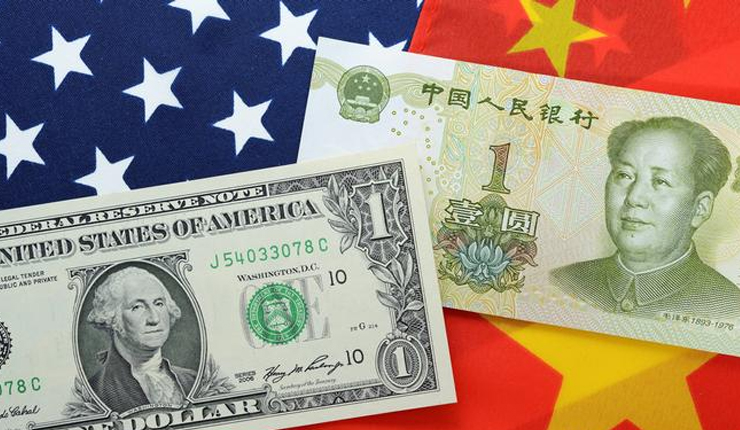U.S. dollar jumped on Monday after a new batch of disappointing data from China bolstered global recession worries. Moreover, the yuan weakened after People’s Bank of China sudden rate decline.
“Of course, bad data from China also weighs on recession worries for the rest of the world. That pushed down the euro against the greenback,” Ipek Ozkardeskaya market strategist at Swissquote said.
The dollar was also supported by Federal Reserve policymakers’ strict comments in response to early signs that U.S. inflation may have peaked.
Strict comments of federal Reserve policymakers supported the dollar in response to early signs that U.S. inflation may have peaked.
“I would like to see inflation running at the Fed’s 2 percent target for some time before stopping rate hikes.” according to a report of Richmond Fed President Thomas Barkin with CNBC on Friday.
“The euro is slowly finding its way back down towards parity after the spike last week. It is too early for the Fed to take its foot off the brake, despite the drop in inflation,” stated Jens Naervig Pedersen, chief analyst, FX and rates strategy at Danske Bank. He also sustained a bullish U.S. dollar view.
The onshore yuan eased to a one-week low of 6.7658 per dollar, in comparison with the previous close of 6.7430, after the People’s Bank of China suddenly reduced borrowing costs on medium-term policy loans and a short-term liquidity tool for the second time this year.
“Despite the warning of inflation risk and flush liquidity conditions, the dominant downside risks from the COVID spread and property-sector rout prompted the PBOC to cut rates to stimulate demand,” Ken Cheung, chief Asian FX strategist at Mizuho Bank highlighted.
The U.S. dollar index against six peers increased 0.54 percent to 106.20, enhancing near the middle of its range this month. Money markets now price 43.5 percent odds of another 75 basis-point rate rise by the Federal Open Market Committee in September, in comparison with 56.5 percent probability of a slowing in the pace of tightening. The euro decreased 0.58 percent to $1.0199, due to the Europe’s struggles with the war in Ukraine.


